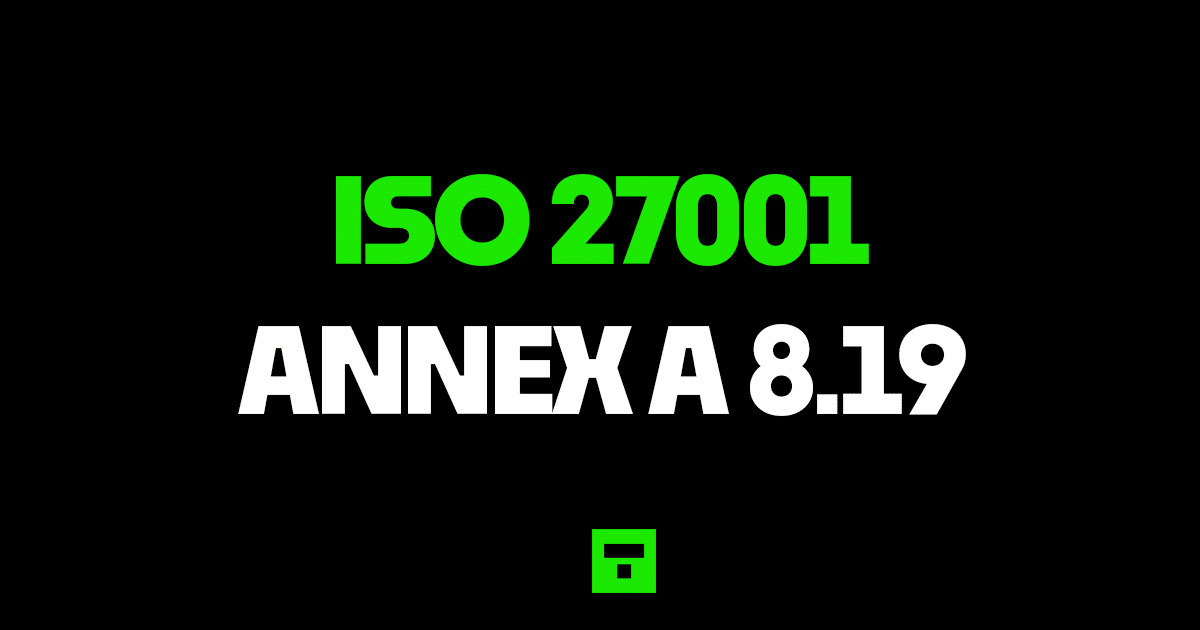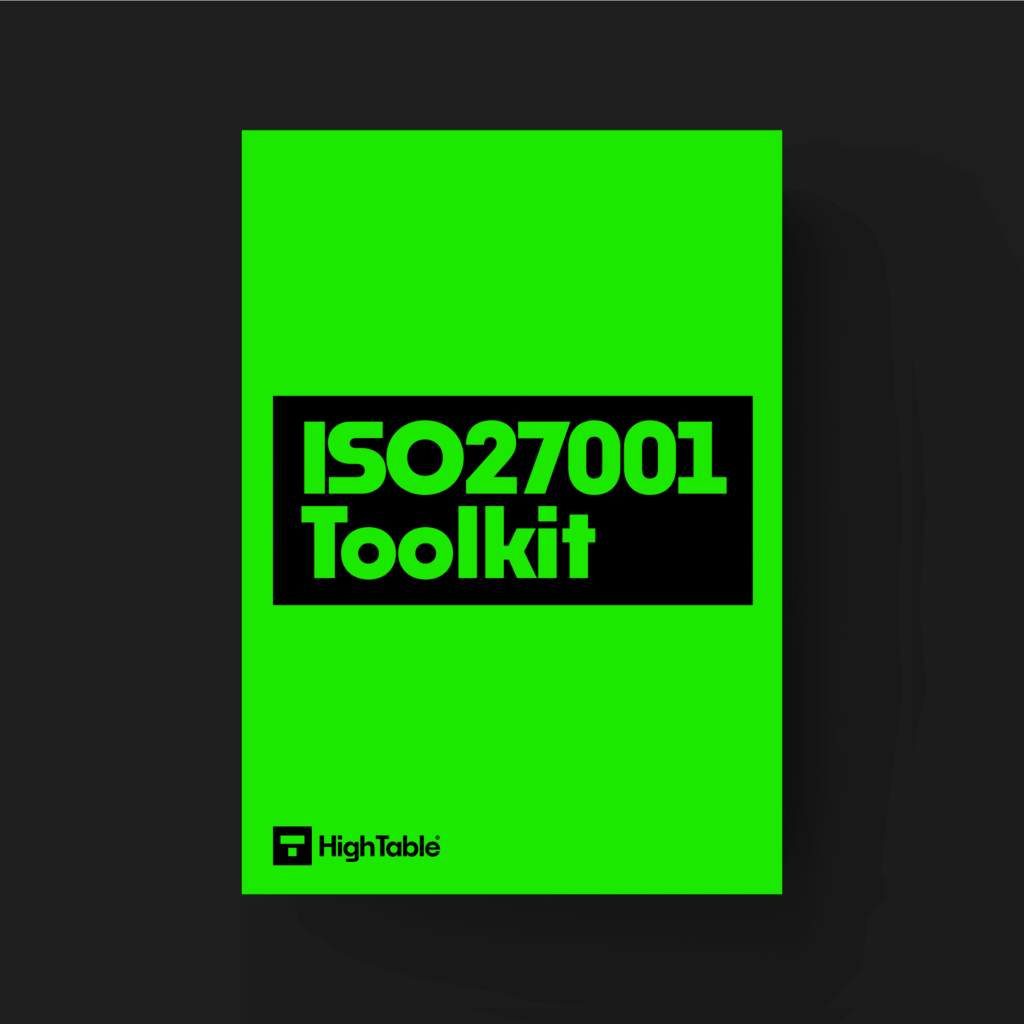Table of contents
What is ISO 27001 Installation of Software on Operational Systems?
ISO 27001 Annex A 8.19 Installation of Software on Operational Systems is an ISO 27001 control that requires us to manage software installation on operational systems.
Purpose
ISO 27001 Annex A 8.19 is a preventive control to ensure the integrity of operational systems and prevent exploitation of technical vulnerabilities.
Definition
The ISO 27001 standard defines ISO 27001 Annex A 8.19 as:
Procedures and measures should be implemented to securely manage software installation on operational systems.
ISO27001:2022 Annex A 8.19 Installation of Software on Operational Systems
Implementation Guide
This control is looking for us to install software into our operational environment in a controlled manner. In smaller businesses it can be the case that anyone can install anything and that there is no process in place. It can also be the case that everyone has local admin rights to devices.
To implement this control you will put in place a process to manage the software installation process that records evidences of what has happened for audit purposes and you will implement some technical controls that will restrict the ability for certain users to install software.
This is usually owned by the Head of IT and managed by the IT department. Software has licence requirements that must be met and the impact of software and changes can be far reaching and detrimental to the organisation. It is therefore practical to limit the use to trusted and authorised users.
To do this you will put in place a process for the request and approving of software installation that you are able to evidence when the time of the audit comes. Of course, you will ensure that the person making the request is not the same person that approves it. This will ensure segregation of duty. As part of this process you would document the authorisation levels but in practical terms, in a smaller organisation, this tends to be on person / role and in all likelihood the Head of IT that approves it.
As part of the implementation it is good practice to restrict the installation on systems. This will prevent these tools from being installed by any old Tom, Dick or Harry. Once approved you want to have in place a process that the instigates the installation of the software.
Considerations for the installation of software would include:
- Implement and approved software list and educate people on what is, and what is not, allowed
- Implement software under license
- Implement software that is supported
- Implement software on the principle of least privilege
- Testing of software before installing
- Following the change management process and including a rollback / back out strategy
- Maintaining a change and audit log of all updates
- Not including development code on operational systems.
- Where software is installed by a third party, following your access control to restrict access to systems and the time that access is allowed. The third party should be monitored.
DO IT YOURSELF ISO 27001
All the templates, tools, support and knowledge you need to do it yourself.
What will an auditor check?
The audit is going to check a number of areas. Lets go through the main ones
That you have documentation
What this means is that you need to show that you have documented your Installation of Software on Operational Systems. Can you show a list of what software installed, that it is licensed, the version and which users access it?. Are you able to evidence a request and approval process and tie that to the list of users and software to show the process was followed.
That you have have implemented Installation of Software on Operational Systems appropriately
They will look at systems to seek evidence of software. They will question you on the process and seek evidence that you have followed it. They want to see evidence of software installation and the process in operation.
That you have conducted internal audits
The audit will want to see that you have tested the controls and evidenced that they are operating. This is usually in the form of the required internal audits. They will check the records and outputs of those internal audits.


